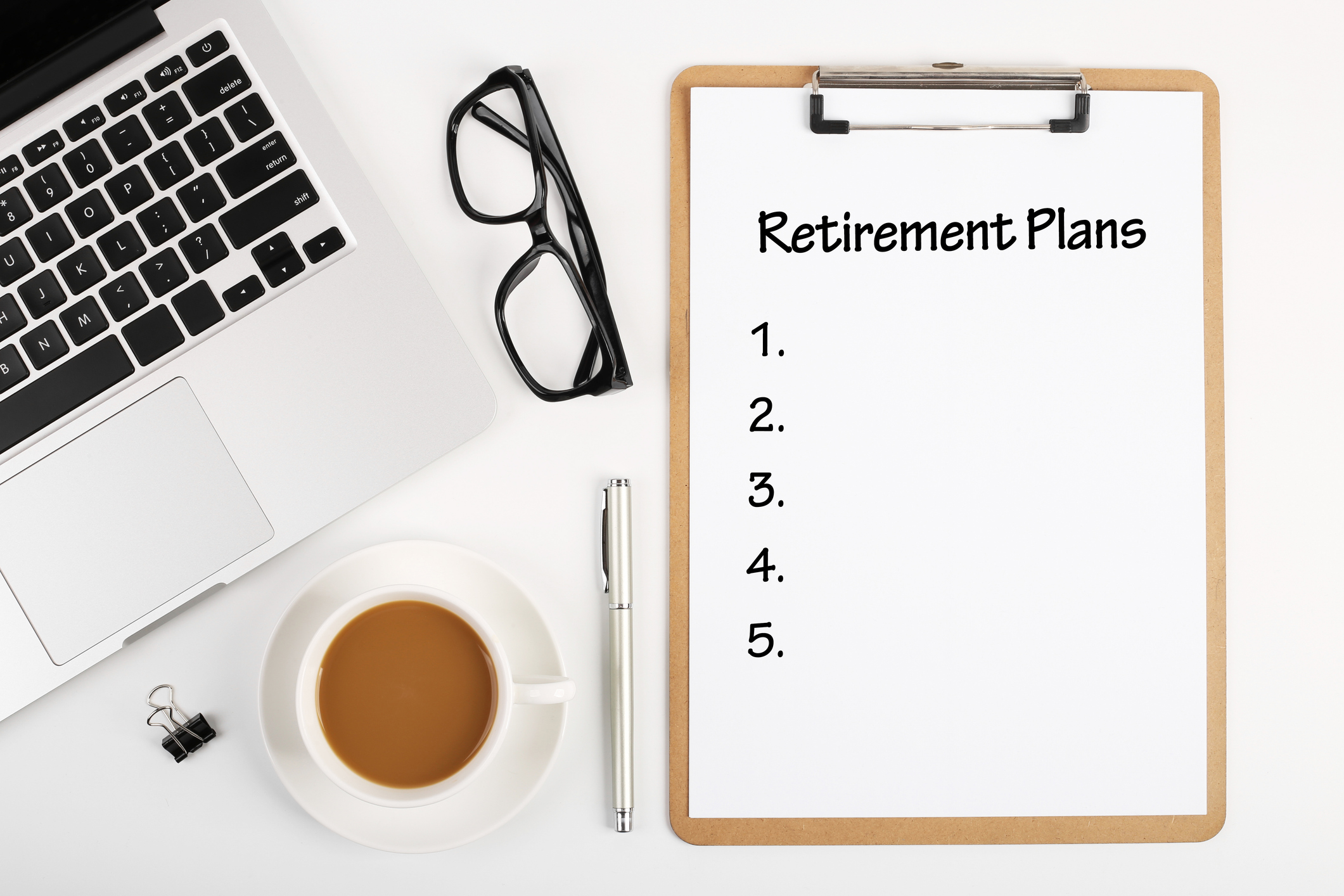Falling Stocks Can Ding the Economy
Market corrections cause consumers to keep a tighter grip on their wallets

A stock market drop is painful for investors, but the aftereffects can be a punch in the gut for the economy overall. A key risk to economic growth in 2019 is that a falling stock market could cause people to pull back on spending, which is ominous, considering that consumer spending has powered nearly three-fourths of the growth during the current economic expansion, according to the Bureau of Economic Analysis. “The correction in stock prices, if sustained, will do some damage to economic growth in 2019,” says Mark Zandi, chief economist of Moody’s Analytics.
Consumer spending has been turbocharged by the so-called wealth effect, an economic yardstick that measures how changes in household wealth affect how much people spend. Given the rise in stock holdings and home prices, the wealth effect has lifted consumer spending, adjusted for inflation, by more than $600 billion during this economic expansion, Moody’s calculates.
But the wealth effect can do more damage on the way down than it helps on the way up. Retirement savers are more sensitive to the threat that their savings may fall short than to the possibility that they are saving too much. Investors who are saving for retirement tend to have a certain savings goal each year, and if a drop in stock market values causes their retirement portfolio to fall below that level, they are more likely to save more and spend less.
From just $107.88 $24.99 for Kiplinger Personal Finance
Be a smarter, better informed investor.

Sign up for Kiplinger’s Free Newsletters
Profit and prosper with the best of expert advice on investing, taxes, retirement, personal finance and more - straight to your e-mail.
Profit and prosper with the best of expert advice - straight to your e-mail.
A rough rule of thumb is that when stock market values fall, consumers will replace 5% of the losses with extra saving. A 10% drop from the market’s September peak would cause a reduction in spending of roughly $150 billion, if stock prices were to remain 10% lower for one year. In that case, gross domestic product growth would be knocked down by roughly 0.7 percentage point, and Kiplinger’s forecast of 2.6% growth for 2019 would be revised downward to 2% or potentially even less.
It’s unclear what impact the recent stock market turmoil will ultimately have because there’s a lag between the change in asset values and the impact of the wealth effect. The peak impact generally occurs one year after the change in wealth. And although Standard & Poor’s 500-stock index fell about 10% from the high it reached last fall through early December, corrections tend to recover in a matter of months. Also, rising home prices offset market losses when it comes to gauging the impact of the wealth effect. A bear market would pack a bigger punch, but even then, an uptick in government spending in 2019 could cushion the blow to the economy.
Where It Would Hurt Most
Still, you can expect lower stock prices to lead to tightened purse strings and fatter bank accounts. Spending on nonnecessities is cut the most when consumers boost savings. Travel tends to suffer first, with cutbacks in spending on airfares and hotels. The categories that are least affected include consumer staples, such as drugs and groceries.
The parts of the country that are most affected by changes in stock market wealth are the Northeast and the Pacific Coast. Residents there hold an outsize share of financial market wealth, and more people in those regions than elsewhere in the U.S. are employed by the financial services industry, where bonuses tend to be a larger share of compensation.
Profit and prosper with the best of Kiplinger's advice on investing, taxes, retirement, personal finance and much more. Delivered daily. Enter your email in the box and click Sign Me Up.

David is both staff economist and reporter for The Kiplinger Letter, overseeing Kiplinger forecasts for the U.S. and world economies. Previously, he was senior principal economist in the Center for Forecasting and Modeling at IHS/GlobalInsight, and an economist in the Chief Economist's Office of the U.S. Department of Commerce. David has co-written weekly reports on economic conditions since 1992, and has forecasted GDP and its components since 1995, beating the Blue Chip Indicators forecasts two-thirds of the time. David is a Certified Business Economist as recognized by the National Association for Business Economics. He has two master's degrees and is ABD in economics from the University of North Carolina at Chapel Hill.
-
 A New Kind of HELOC Lets Homeowners Fund Remodels on Their Terms
A New Kind of HELOC Lets Homeowners Fund Remodels on Their TermsFinance home upgrades gradually, using the equity you already have.
-
 Ten Retirement Tax Plan Moves to Make Before December 31
Ten Retirement Tax Plan Moves to Make Before December 31Retirement Taxes Proactively reviewing your health coverage, RMDs, and IRAs can lower retirement taxes in 2025 and 2026. Here’s how.
-
 The Economy on a Knife's Edge
The Economy on a Knife's EdgeThe Letter GDP is growing, but employers have all but stopped hiring as they watch how the trade war plays out.
-
 Japan Enters a New Era of Risk and Reform
Japan Enters a New Era of Risk and ReformThe Kiplinger Letter Japan has entered a pivotal moment in its economic history, undertaking ambitious policy and structural reforms to escape from decades of stagnation.
-
 After Years of Stagnant Growth, Hope Emerges for EU Economy
After Years of Stagnant Growth, Hope Emerges for EU EconomyThe Kiplinger Letter Can a German fiscal push outweigh French political peril?
-
 Trump's Economic Intervention
Trump's Economic InterventionThe Kiplinger Letter What to Make of Washington's Increasingly Hands-On Approach to Big Business
-
 AI Start-ups Are Rolling in Cash
AI Start-ups Are Rolling in CashThe Kiplinger Letter Investors are plowing record sums of money into artificial intelligence start-ups. Even as sales grow swiftly, losses are piling up for AI firms.
-
 What is AI Worth to the Economy?
What is AI Worth to the Economy?The Letter Spending on AI is already boosting GDP, but will the massive outlays being poured into the technology deliver faster economic growth in the long run?
-
 Kiplinger Special Report: Business Costs for 2026
Kiplinger Special Report: Business Costs for 2026Economic Forecasts Fresh forecasts for 2026, to help you plan ahead and prepare a budget on a range of business costs, from Kiplinger's Letters team.
-
 Breaking China's Stranglehold on Rare Earth Elements
Breaking China's Stranglehold on Rare Earth ElementsThe Letter China is using its near-monopoly on critical minerals to win trade concessions. Can the U.S. find alternate supplies?